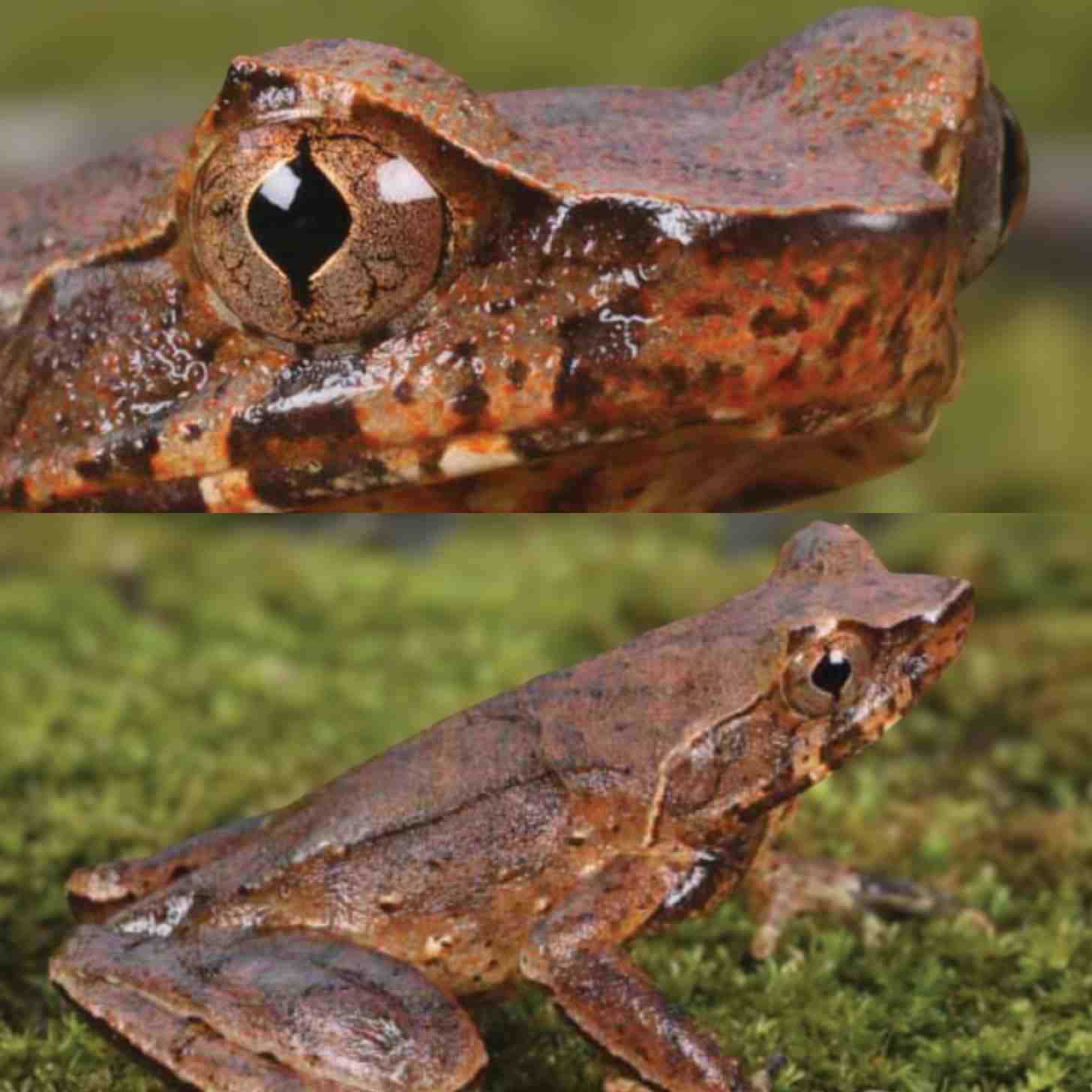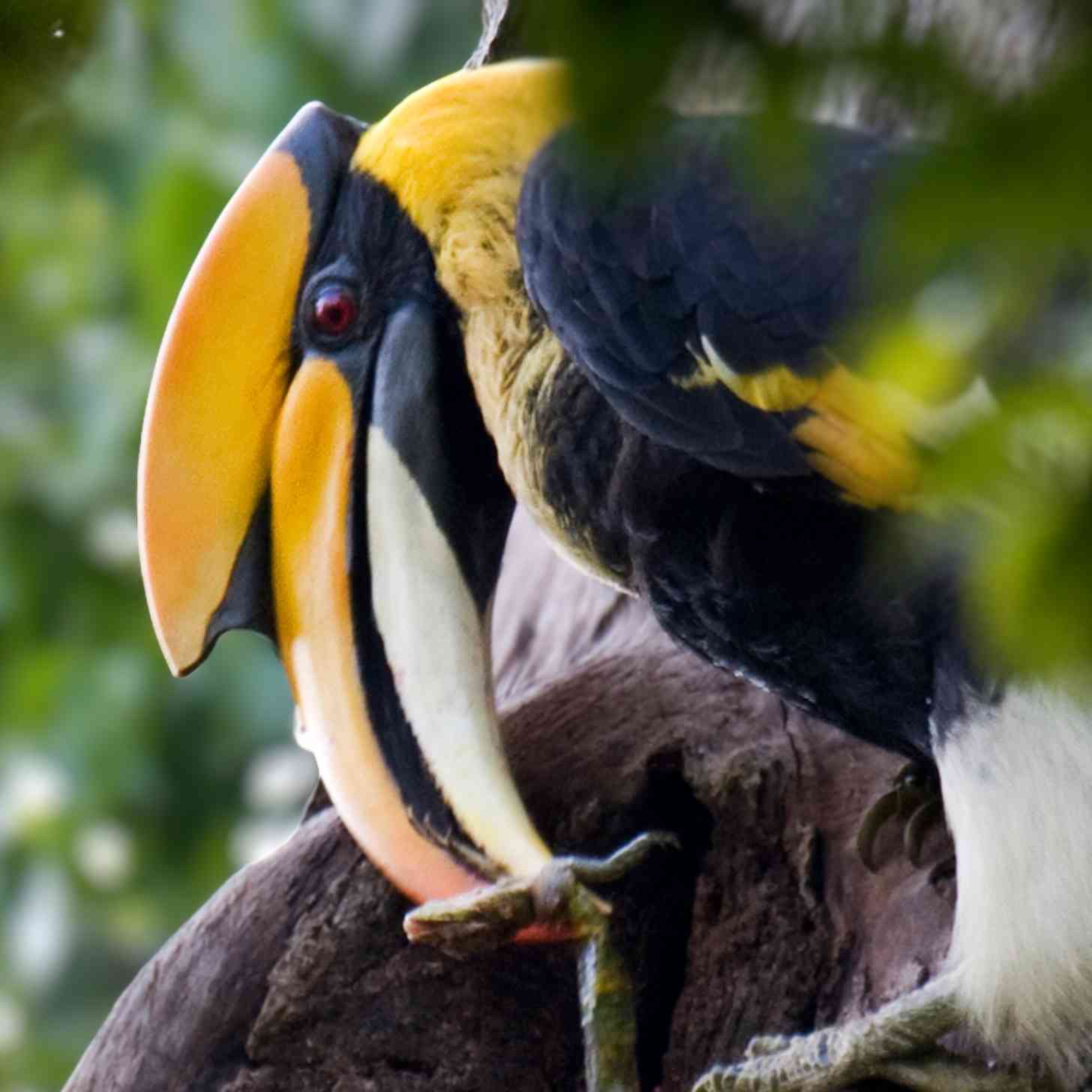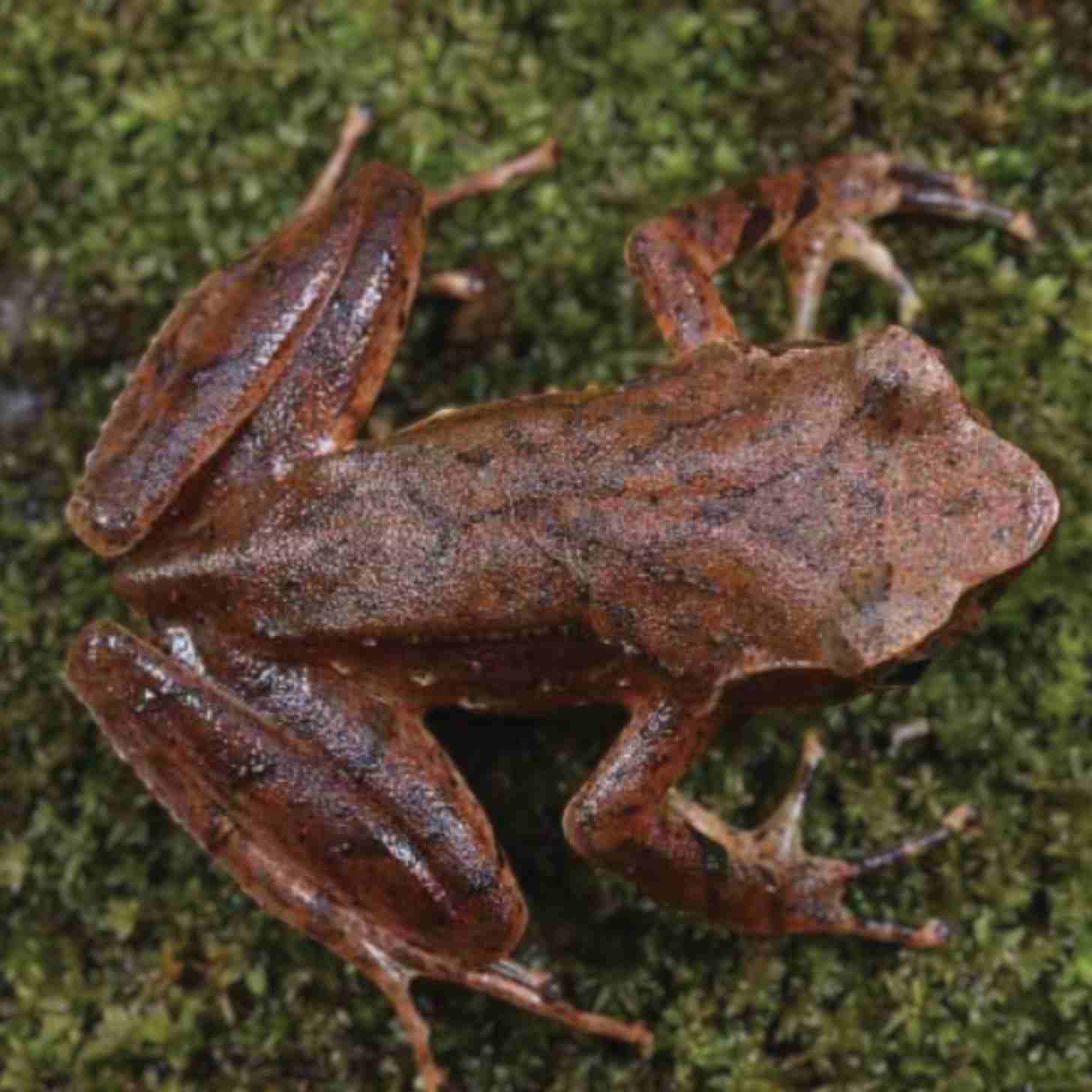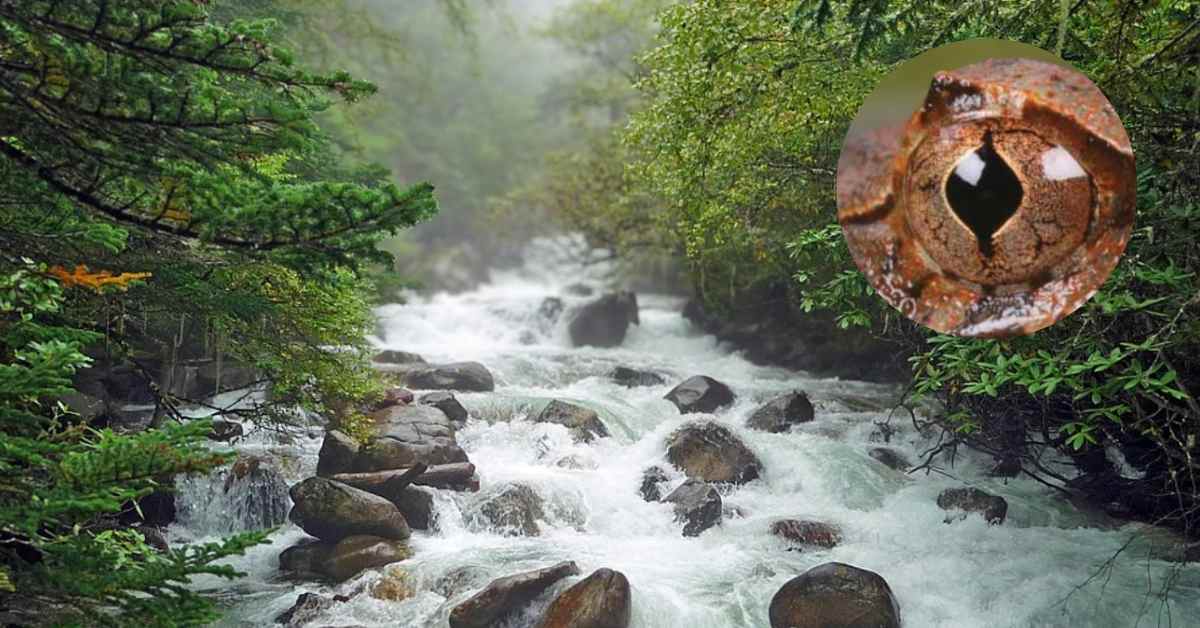In 2024, researchers from the Chinese Academy of Sciences’ Kunming Institute of Zoology explored the Tongbiguan Provincial Nature Reserve of Yunnan, a tropical haven teeming with animals like Great hornbills, Frogmouth owls, gibbons, giant squirrels, and more.
During their nature survey, the researchers discovered that the rainforest was also home to a new species: The Xenophrys tongbiguanensis, or Tongbiguanen horned toad.
“This frog inhabits flowing [mountain] streams and the nearby forest floor in subtropical evergreen broad-leaved forests,” lead author Yun-He Wu wrote for Zoosystematics and Evolution on August 8.
“The frog usually perches on cardamom leaves at night, but it can be found among piles of dead leaves by the roadside on rainy days.”
Although it closely resembles the Xenophrys ancrae, a frog found in Arunachal Pradesh, India, the Tongbiguanen horned toad’s distinct diamond-shaped pupils are vertical, not horizontal.
The color of the toad’s iris — copper-brown with a ring of gold — also set it apart from other amphibians in the broader Asia-Pacific region, like the orange-eyed Giant Himalayan Horned Frog.

Although frogs and toads are often mischaracterized as separate, distinct species, toads are a classification of frogs. Similar to the popular syllogism “all squares are rectangles, but not all rectangles are squares,” all toads are frogs — but not all frogs are toads.
Like all frogs, toads are known pest controllers. They provide an “ecosystem service” by eating pests like slugs, snails, beetles, and flies.
And as a keystone species, they also serve as prey for a variety of valuable predators, including snakes, mammals, and large birds (including the aforementioned Great hornbill, which has been listed as a vulnerable species on the IUCN Red List since 2018).

Which means that the Tongbiguanen horned toad plays a small, but vital role, in the winding mountain streams of Yunnan.
Currently, the Tongbiguanen horned toad is only known to live in the Tongbiguan Provincial Nature Reserve. But Wu and their peers invited further research into the region at large.
“The Tongbiguan Provincial Nature Reserve may harbor more hidden herpetological diversity than previously postulated. It is one of the richest regions in Yunnan for amphibians and reptiles,” Wu and their colleagues noted.

“In recent years, a series of new species, new record genera, new national record species, and new regional record species have been discovered in the Tongbiguan Provincial Nature Reserve.”
They wrote: “Our new finding of X. tongbiguanensis further confirms that the herpetological biodiversity of Tongbiguan Provincial Nature Reserve is yet to be fully documented.”
You may also like: Conservationists restore endangered frog population in Patagonia: 'Most threatened animals on the planet'
Header image via ChiralJon (CC BY 2.0) / Zhong-Bin Yu



